Mystical Tutor | Breaking Down Common Magic: The Gathering Abilities
- Greg Montique

- Aug 11
- 3 min read
Magic: The Gathering abilities define how creatures, spells, and artifacts interact on the battlefield. If you are just breaking into MTG, understanding these abilities will make you a stronger player, give you a deeper understanding of synergy, and help you build better decks.
In this week's Mystical Tutor, we will explore the most common Magic: The Gathering abilities, how they work, and in-game interactions that demonstrate their power.
Flying
Flying creatures can only be blocked by other creatures with flying or the ability reach.
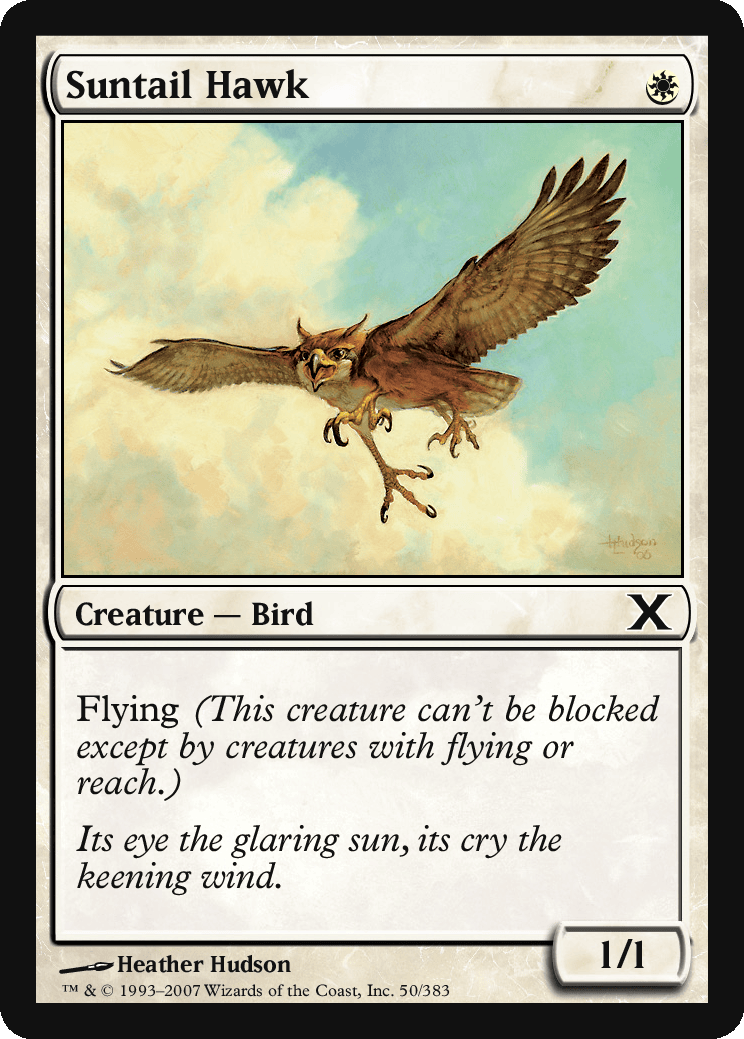
Interaction Example: You attack with a 3/3 flyer. Your opponent has only ground creatures, so they cannot block. This lets you push damage through even if the board is stalled on the ground.
Trample
Trample lets you assign leftover damage to the defending player or planeswalker after dealing enough to destroy blockers.

Interaction Example: Your 6/6 trampler is blocked by a 2/2. You assign 2 damage to the blocker (enough to destroy it) and 4 damage to your opponent, effectively breaking through their defense.
First Strike and Double Strike
First strike allows a creature to deal combat damage before creatures without first strike. Double strike lets a creature deal damage in both the first strike and regular damage steps.
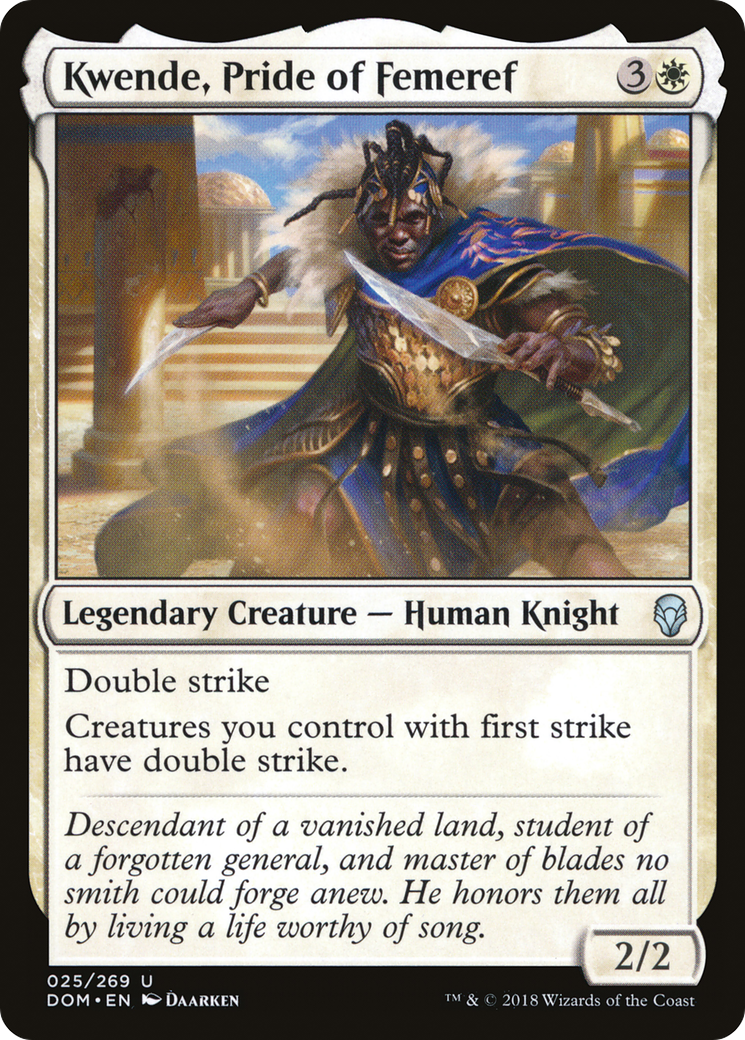
Interaction Example: Your 3/3 first striker blocks an attacking 3/3 without first strike. Your creature deals 3 damage first, destroying theirs before it can hit back. With double strike, you could deal 3 damage in the first strike step and another 3 in the regular step, potentially killing two blockers in one combat.
Deathtouch
Any amount of damage from a deathtouch creature is enough to destroy another creature.
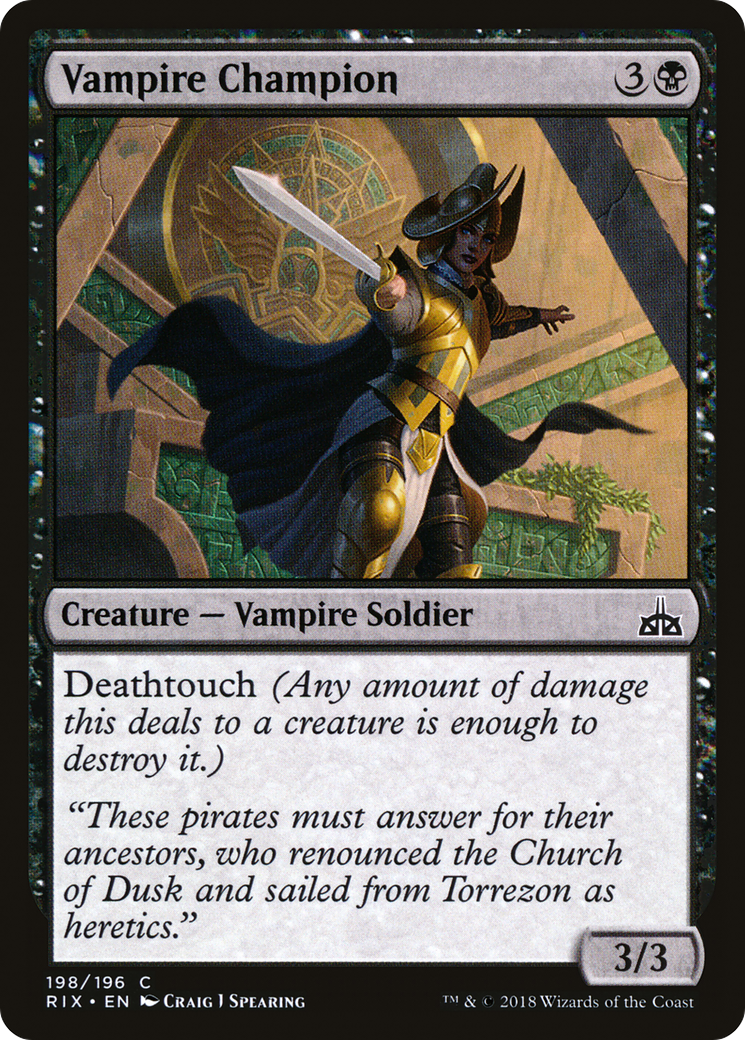
Interaction Example: Your 1/1 with deathtouch blocks a 10/10 attacker. It assigns just 1 damage in combat, but that’s enough to destroy the massive threat before it can trample over or attack again next turn.
Lifelink
When a creature with lifelink deals damage, you gain that much life.
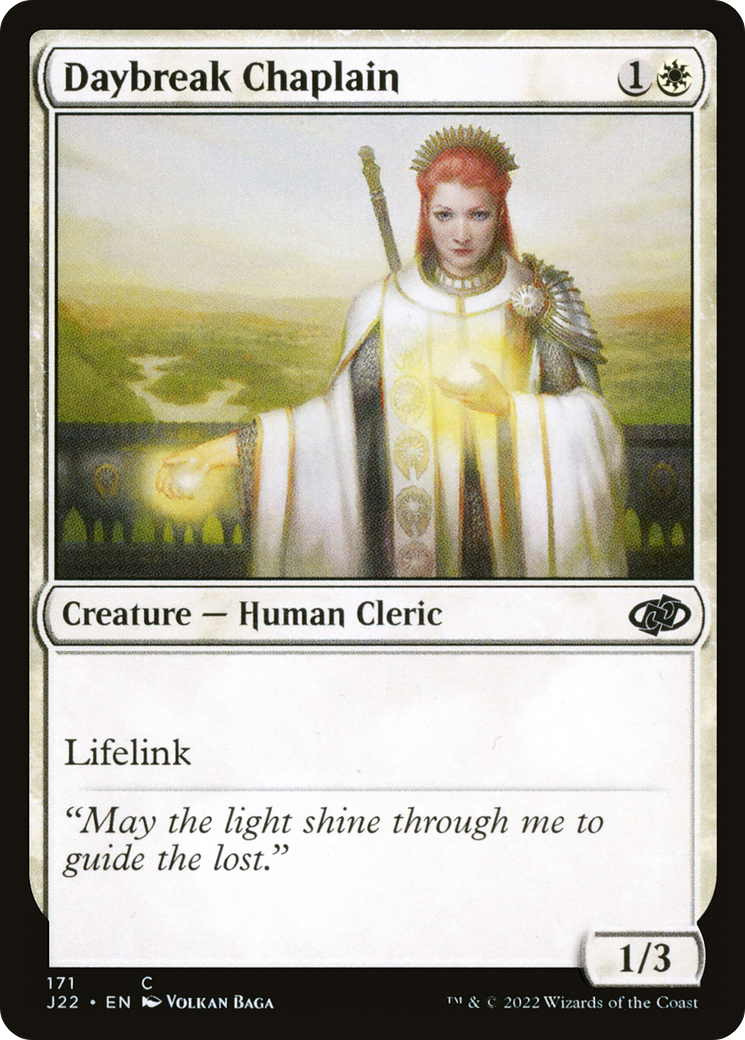
Interaction Example: You attack with a 4/4 lifelink creature. It deals 4 combat damage to your opponent, and you immediately gain 4 life, potentially swinging the game in your favor.
Hexproof
Hexproof prevents opponents from targeting your permanent with spells or abilities.
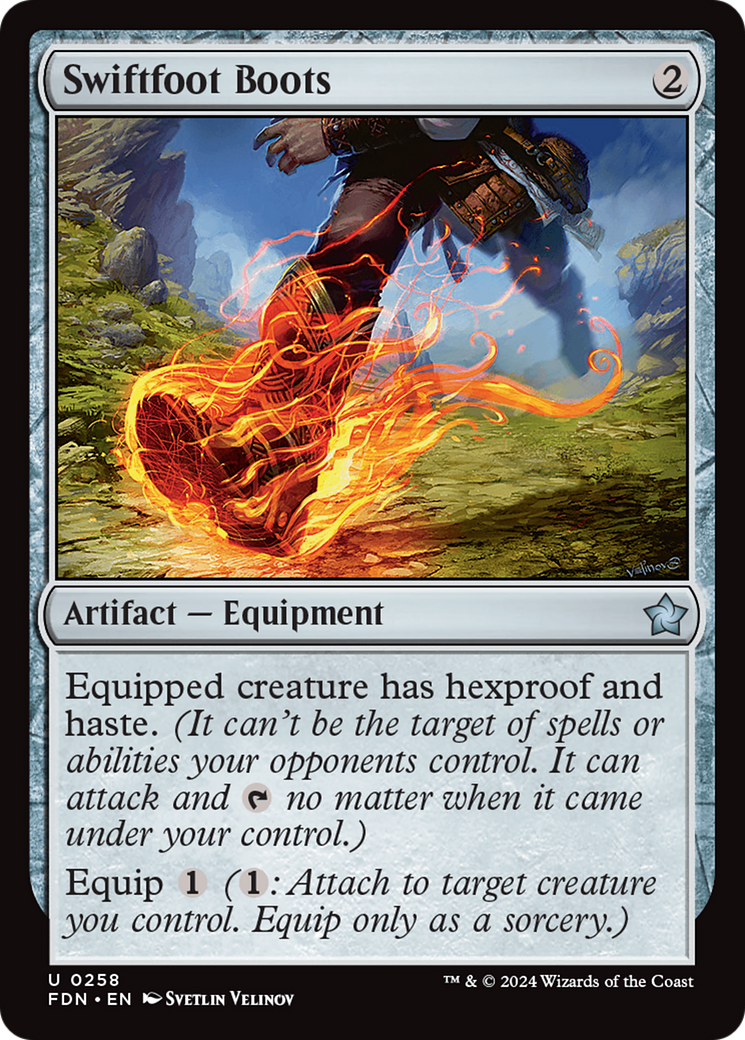
Interaction Example: Your opponent tries to cast a removal spell like “Destroy target creature” on your hexproof creature. They cannot choose it as a target, so they are forced to target something else or waste the spell.
Haste
Haste allows a creature to attack or use activated abilities that require tapping as soon as it enters the battlefield.
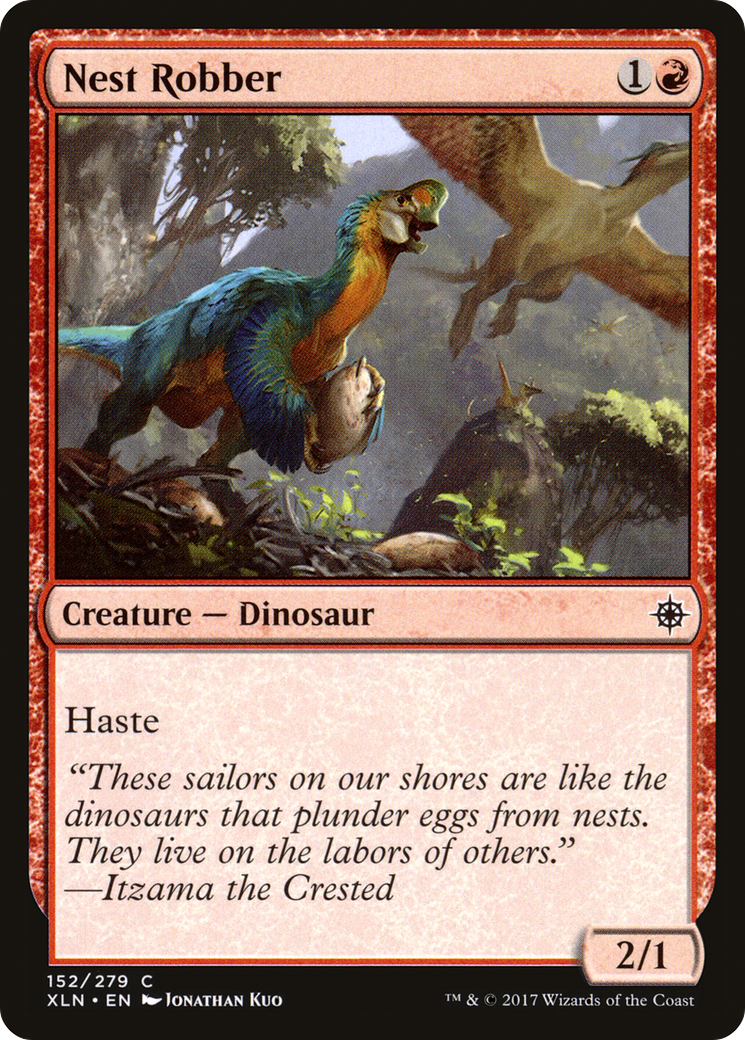
Interaction Example: You play a creature with haste and immediately attack, surprising your opponent, who thought they had another turn before dealing with it.
Reach
Creatures with reach can block creatures with flying.
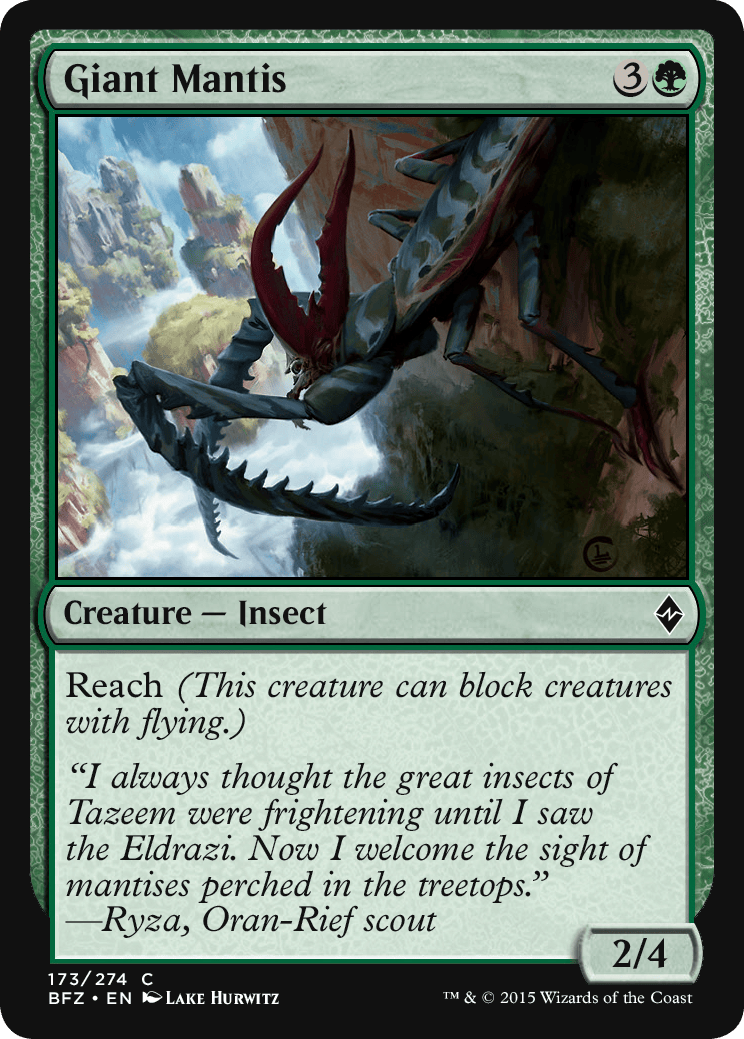
Interaction Example: Your opponent attacks with a 4/4 flyer, expecting it to be unblocked. You have a 2/5 creature with reach that can block and potentially survive the exchange.
Vigilance
Vigilance allows creatures to attack without tapping, so they can still block on the next turn.
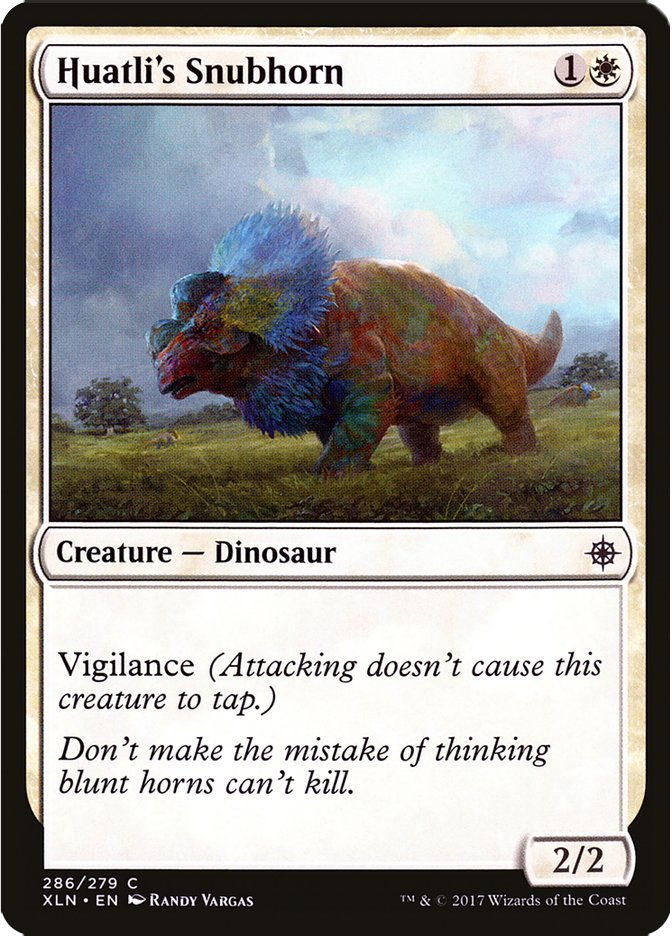
Interaction Example: You swing in with a 4/4 vigilance creature, dealing damage to your opponent, but it remains untapped, ready to block when they try to counterattack.
Menace
A creature with menace cannot be blocked except by two or more creatures.

Interaction Example: You attack with a menace creature. Your opponent has only one untapped creature, so they cannot block at all and must take the damage.
Why Learning Magic: The Gathering Abilities Matters
Mastering Magic: The Gathering abilities is key to playing effectively. Knowing how they work in real game situations helps you find the right attacks, defend against threats, and set up winning plays.
So up your game! Use key abilities to craft decks around how you want to play. Now, this isn't everything. Wizards introduces new abilities with each set, so there is much more to learn. Understanding the basics will help get you off the ground, it's up to you to keep learning.

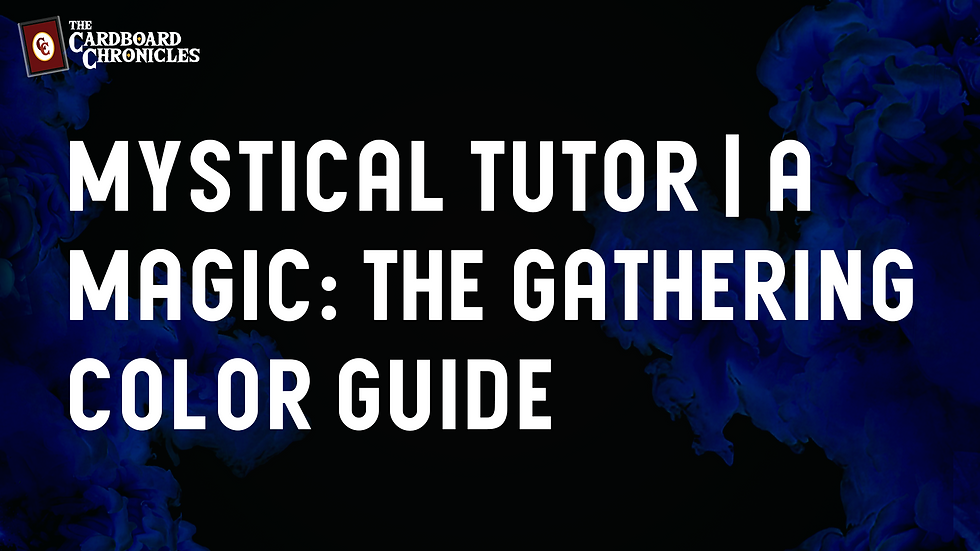








Comments